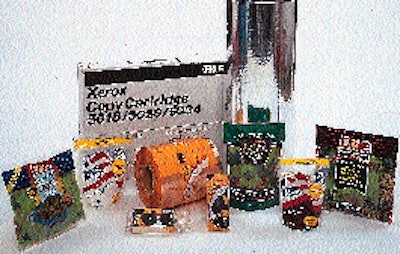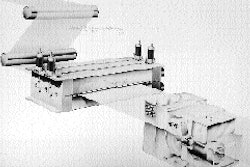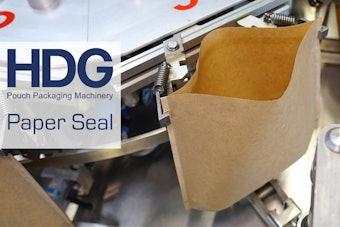
Unlike the entertainment awards, however, winning a packaging prize isn't likely to do a thing for your product's sales. Because they don't have any cash register cache, packaging awards come in for a lot of criticism from cynics and those who don't win prizes. In defense of competitions, I believe the best provide an unparalleled measure of packaging's technological progress. If the contest winners don't always go on to be winners in the marketplace, they almost always spawn new waves of innovative variations. As such, packaging competition winners can be thought of not only as the mothers of invention, but the fathers of commercial success. That should be more than ample justification to silence the cynics and keep conducting packaging competitions. Not all of the innovations taking place in packaging are recorded in competitions (or here), of course. Often, a packaging company's best work--and its most innovative developments--is covered by confidentiality agreements that prevent it from crowing. Four companies whose packaging developments could be future award winners are: Cypress Packaging, Inc. (Rochester, NY): Recent projects (see photo) include eight-color process flexo printed pouches for Dole's Lunch for One, a first in the fresh-cut produce industry. The pouch (as well as the one for Dole's Caesar salad) is made of a patented blend of metallocene polyethylene and K-resin laminated to a proprietary PE sealant web. Zippered, stand-up pouches for U.S. Sugar are also an industry first. The metallized polyester for Xerox copy cartridges is a downgauged alternative to metallized polypropylene, while the Kodak cameras are pouched in a clear, proprietary three-ply film with a moisture vapor transmission rate of .04 cc/sq". The Salad-Time stand-up pouches are the first for a nationally distributed salad mix. Multisorb Technologies, Inc. (Buffalo, NY): The company that used to call itself Multiform Desiccants has formed a half-dozen strategic alliances aimed at commercializing oxygen-scavenging flexible films. The films are being developed as low-cost alternatives to oxygen-absorbing sachets and labels. Multisorb calls its development FreshMax SLF (Sorbent-Loaded Films). Multisorb doesn't plan to enter the film business. Rather, its partners will market SLFs. Commercial use in the states is expected later this year. Processed meats, cheese, fresh pasta and low-fat baked snacks will be among the first products in the states to use SLFs. Toyo Seikan Kaisha (Tokyo, Japan): Since oxygen absorbers were developed in Japan, it's not surprising that Toyo Seikan is already reporting two commercial applications for its oxygen-absorbing "Oxyguard" films, one for cooked rice, the other for a tube of cardiac medication. Nanocor, Inc. (Arlington Heights, IL): This is a newly formed subsidiary of Amcol International Corp., a specialty chemical and minerals company. The start-up is working in the still experimental arena of nanocomposite polymer films. The films incorporate suspensions of organoclays no larger than a nanometer (one billionth of a meter) in diameter. In the lab, the suspensions dramatically improve barrier properties without dramatically increasing costs. Nanocor will win markets and competitions with its nanocomposite films if it can transform lab results into commercial reality.





















